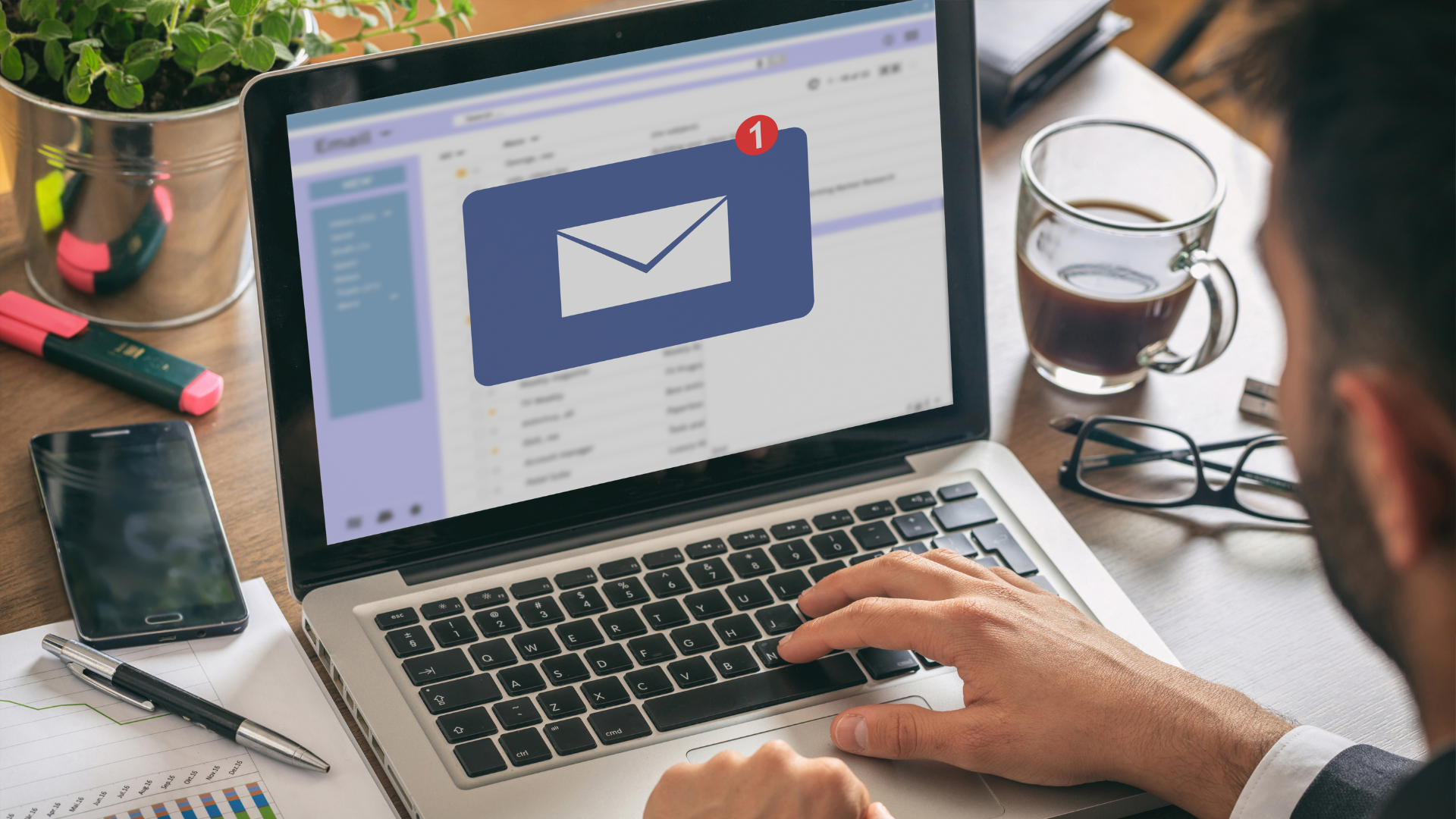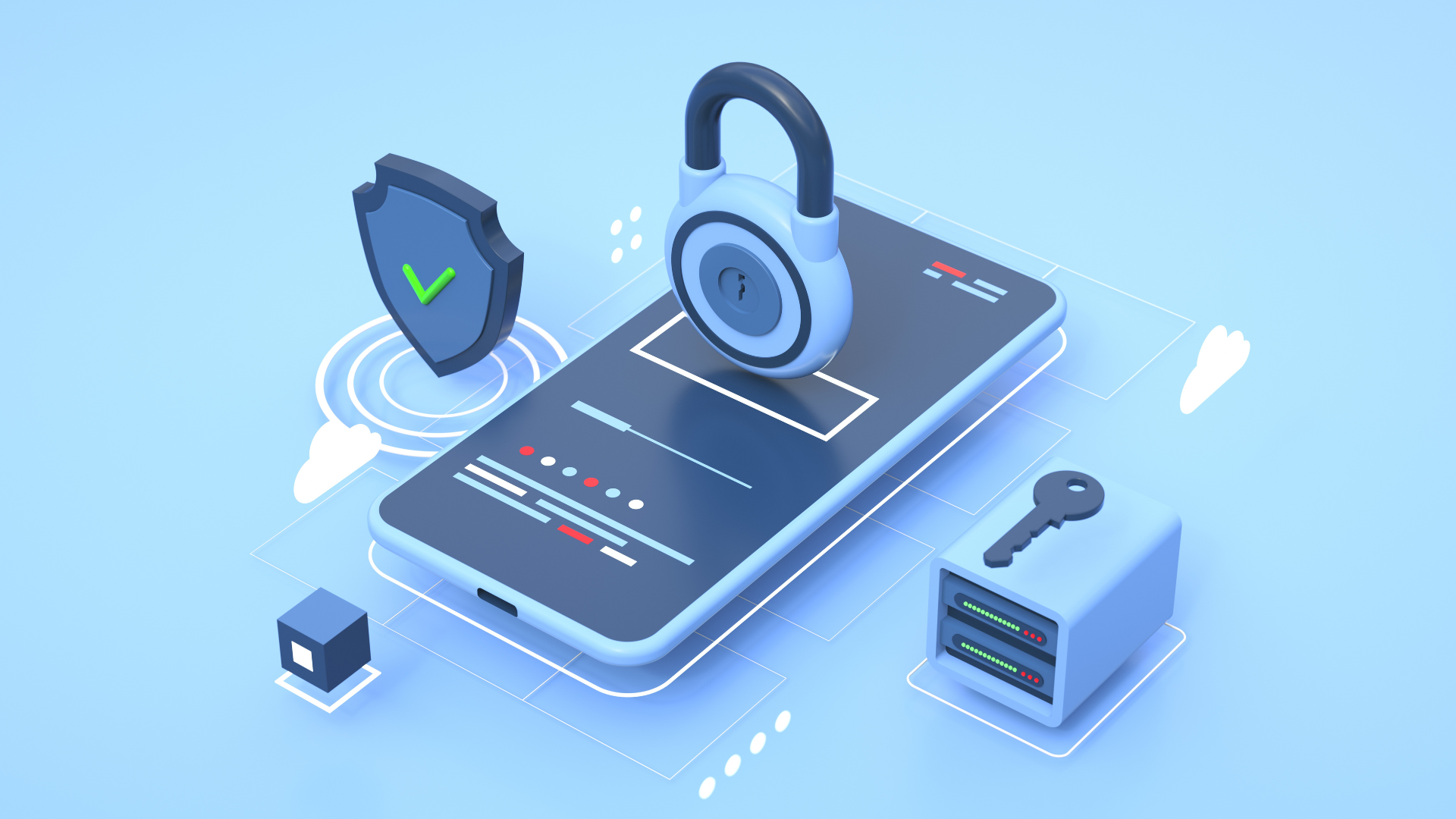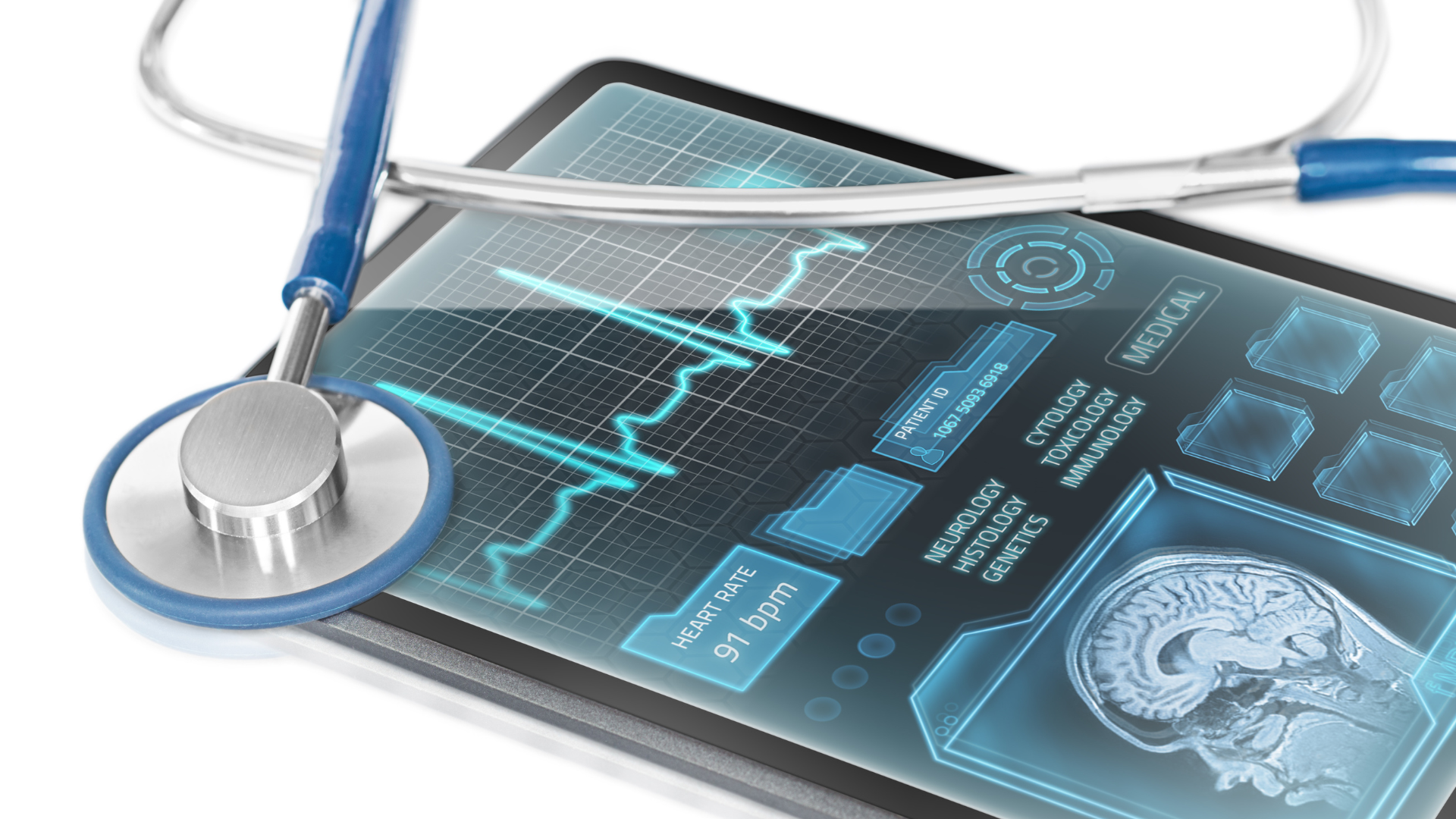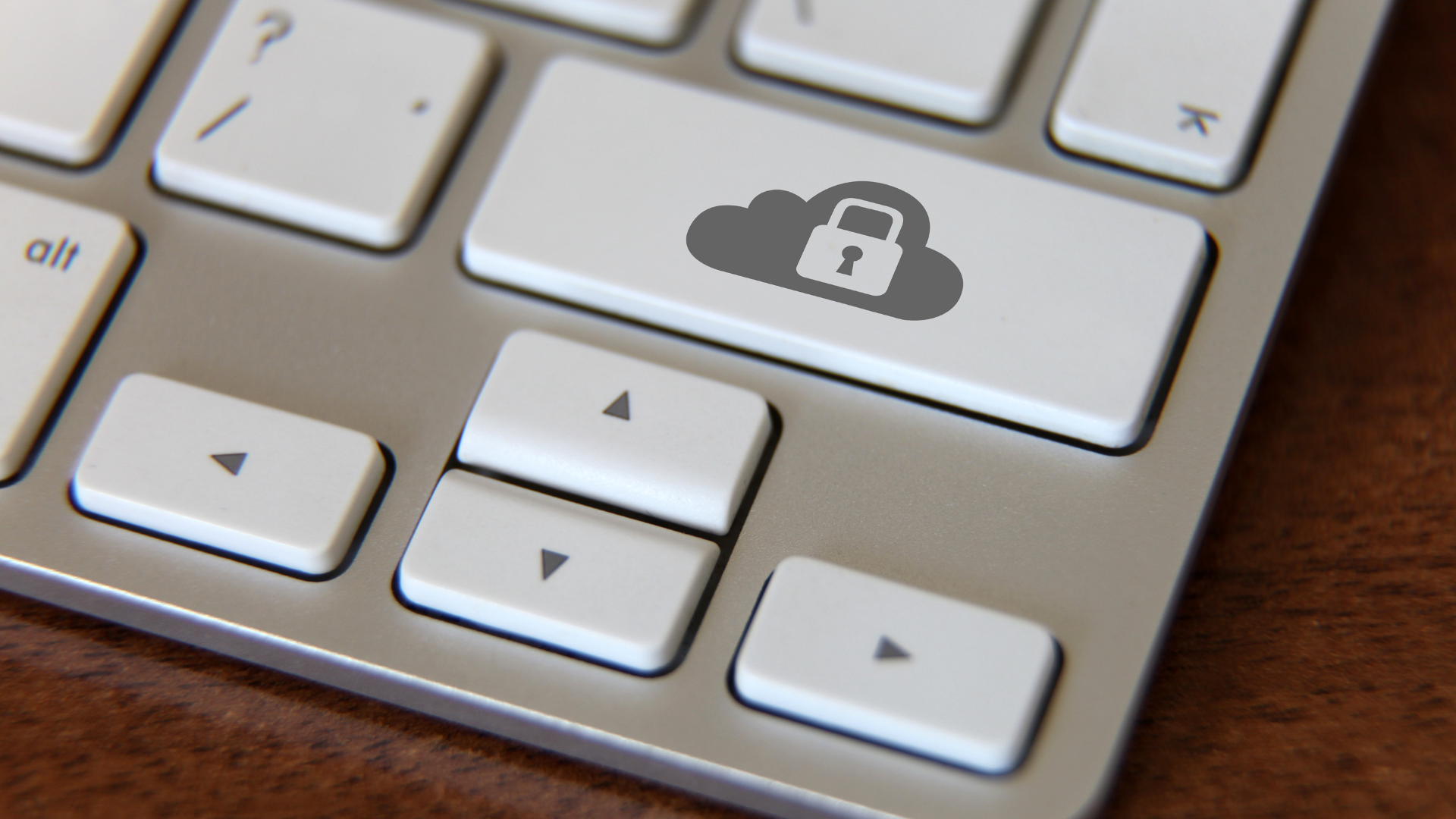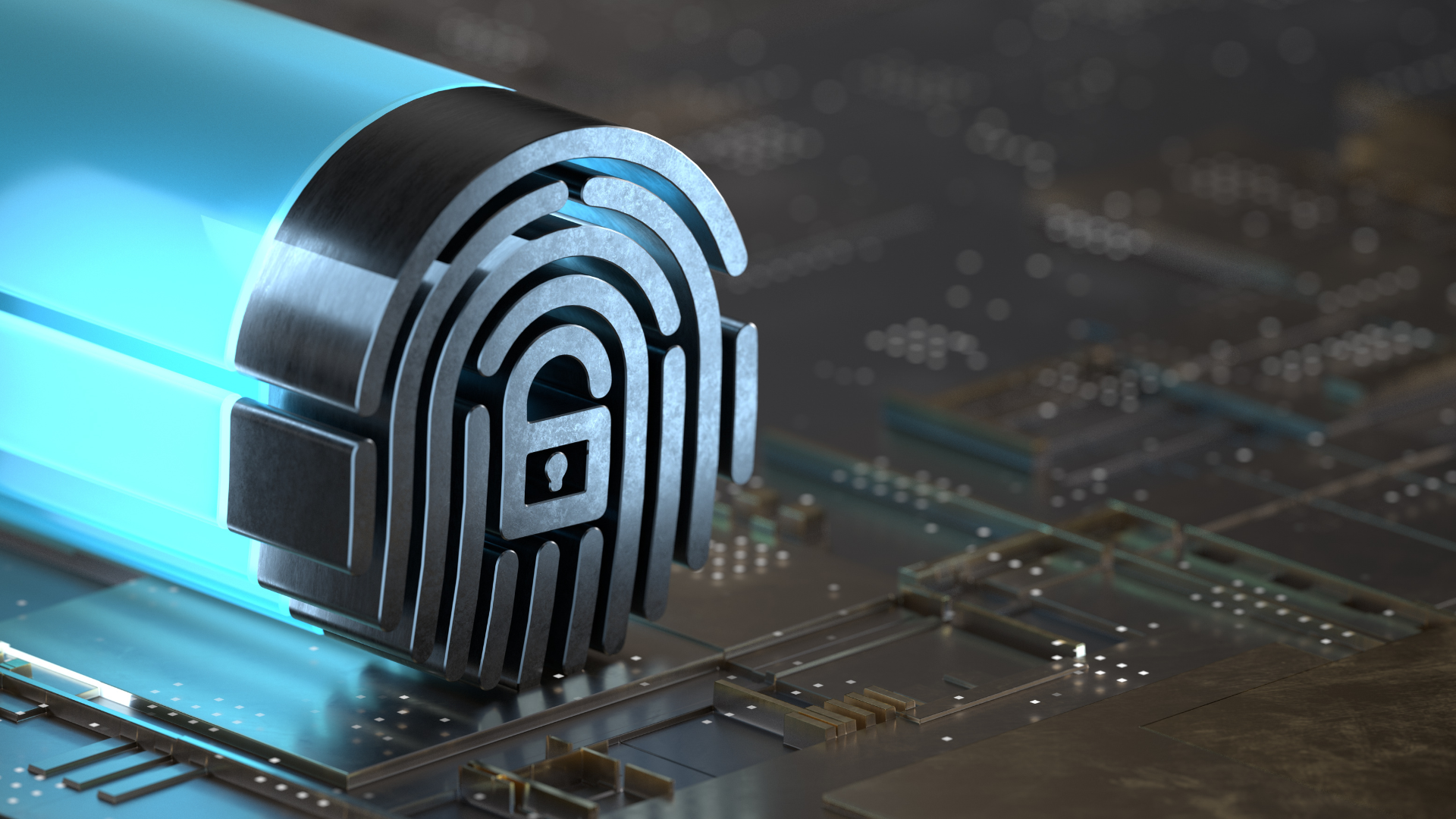The Dangers of Not Having Ransomware Protection
According to Cisco & Cybersecurity Ventures' 2019 Cybersecurity Almanac report, the total cost of ransomware damages from all over the world is estimated to reach $20 billion in 2021. That’s a huge jump compared to $11.5 billion worth of damages in 2019!
Ransomware went from just another annoying malware to a huge threat that needs to be dealt with seriously because they can happen anytime . Installing an anti-ransomware tool on your computer has never been more important.
What is Ransomware and How Does It Work?
What it is. From the name itself, ransomware is a type of malware that blocks you from accessing your files or your computer system as a whole until you pay the ransom.
They hold your computer hostage until you’ve paid the amount of money they demand. Most of the time, these digital hostage-takers set a deadline to compel victims to pay ASAP. If you don’t wire the money on time, you can say goodbye to your files.
How does ransomware exactly work? Ransomware can infiltrate your computer system in different ways. The most common way is through downloading it via email attachment.
If you have an employee accessing nonwork-related sites using your company device, he or she can also fall victim by clicking a download link on a website with a ransomware trap.
What Can Happen if I Don’t Have Ransomware Protection?
If your clinic is not equipped to handle ransomware attacks (or any other IT problems), this can become your biggest nightmare.
Here are the top dangers of not having ransomware protection:
- Inaccurate detection of ransomware attempting to attack. You may think you are exempt from all kinds of cyber threats because you have built-in antivirus software in your computer, but ransomware is a different breed of malware that may not be detected by your ordinary software protection.
With an anti-ransomware tool installed on your computer, you will be alerted for potential threats and suspicious activities. This tool can also help you easily track and block them in the future.
- Data loss due to obsolete security. Outdated healthcare IT infrastructures are attracting cybercriminals to hospitals, which are the most vulnerable type of organization.
Cybercriminals get more innovative with their attacks. Ensure that you have updated protection to avoid a security crisis like data theft. A dependable cloud hosting service can also help you with this vulnerability. - Costly downtime. After an attack, you will undergo a difficult phase of recovering your files and restoring your system. You may have to start over if you’re not sure if the ransomware was completely removed from your infrastructure. Your system reconfiguration and restoration is secured if you pair it with ransomware protection.
Even if you manage to salvage whatever is left in your system, you still need to act against similar or even worse attacks in the future. Storage back-ups can be handy. - Tarnished reputation. All the years of hard work you put in from medical school to building your practice can go down the drain when your data is compromised and your reputation takes a hit. Having a reliable anti-ransomware tool is your formidable line of defense. A whiff of worry from your patients can be detrimental and needs to be avoided at all costs.
How Can I Get Protected Against Ransomware?
Just like in most cybersecurity cases, prevention is better than cure. Once ransomware executes its attack in your system, it’s basically game over for your sensitive data.
You must not leave gaps in your IT security. Here are ways you can protect your practice against a ransomware attack:
- Use the right antivirus software. Not just any antivirus software you see on the internet, but a highly recommended one. If you’re not sure
which antivirus software fits your needs, reach out to your IT staff and get their advice or recommendation.
- Do not give out personal information. When you receive a message in a form of email, chat, or call, don’t give out personal information no matter how urgent it seems.
Especially when it’s a phone call, a potential fraudster will pressure you to act immediately.
If your IT support is readily available, reach out to them before taking any action. They can verify if the phone call is legitimate or a scam trying to get a hand on your money or sensitive patient data. - Only download files from reliable websites. Reduce the risk of ransomware attacks by never downloading any type of media or software from unknown sites.
This one can be tricky. With millions of websites, how exactly can you determine if one is reliable or not?
To make sure you’re not about to be a victim of a malicious site, contact your IT partner first before downloading anything. They can even download the file for you. If it’s urgent, make sure that your IT support is there for you 24/7.
| Related article: To Click or Not To Click: Tips to Know if a Link is Safe
- Report emails that are not familiar. You normally receive emails from colleagues with email addresses that are already familiar. Your IT staff probably even set up an email address book for your clinic.
Be wary of incoming emails that don’t belong to anyone within the organization. Report them to your IT staff immediately before it becomes a problem.
Important Note: Keep in mind that even someone’s work email can be used to forward ransomware without the owner’s knowledge. If you’re not using a secure email service provider like Gmail for Business, consider getting one from a trusted reseller like ER Tech Pros. Talk to a representative today and get a special offer.
- Back up your data and have a recovery plan. The easiest way to back up your data is to store them safely in the cloud. A cloud service provider (CSP) will safeguard your sensitive files from ransomware attacks. It’s also important to have competent IT staff who can help you with a disaster recovery plan.
Don’t Become a Ransomware Victim
Tips to protect your practice against ransomware are certainly helpful, but they're not foolproof. Constantly keeping your eyes on potential ransomware threats can also be exhausting and time-consuming.
The most practical and cost-effective way to combat ransomware and other cyberthreats is to partner with reliable IT support.
You’re facing enough stress as it is. In the new normal, we want you to focus on what you do best—providing quality care to your patients.
Get Protected Before It’s Too Late!
Healthcare practitioners who are too late in taking action or have no personnel trained to deal with these problems continue to fall victim to ransomware attacks.
With the growing number of attacks, an anti-ransomware program can provide multiple long-term safeguards for your medical practice. Be alert and thwart these potential dangers immediately.
Let’s combat threats together and boost the security of your clinic data.
Search Articles
Healthcare & Tech Articles

ER Tech Pros is a managed service provider (MSP) that specializes in catering to the IT needs of businesses across the globe. We have offices in Sacramento and the Greater Fresno area.
We use our cutting-edge technology, extensive experience, and global team of technology experts to ensure your IT network is in its most secure and optimal state.
We focus on your IT so you can focus on growing your company.
8795 Folsom Blvd, Ste 205
Sacramento, CA 95826
1501 Howard Rd, Ste 2
Madera, CA 93637
(855) ER-TECH-1 / (855) 378-3241
info@ertech.io
Resources
Search this Site
ERTech Pros | All Rights Reserved.







